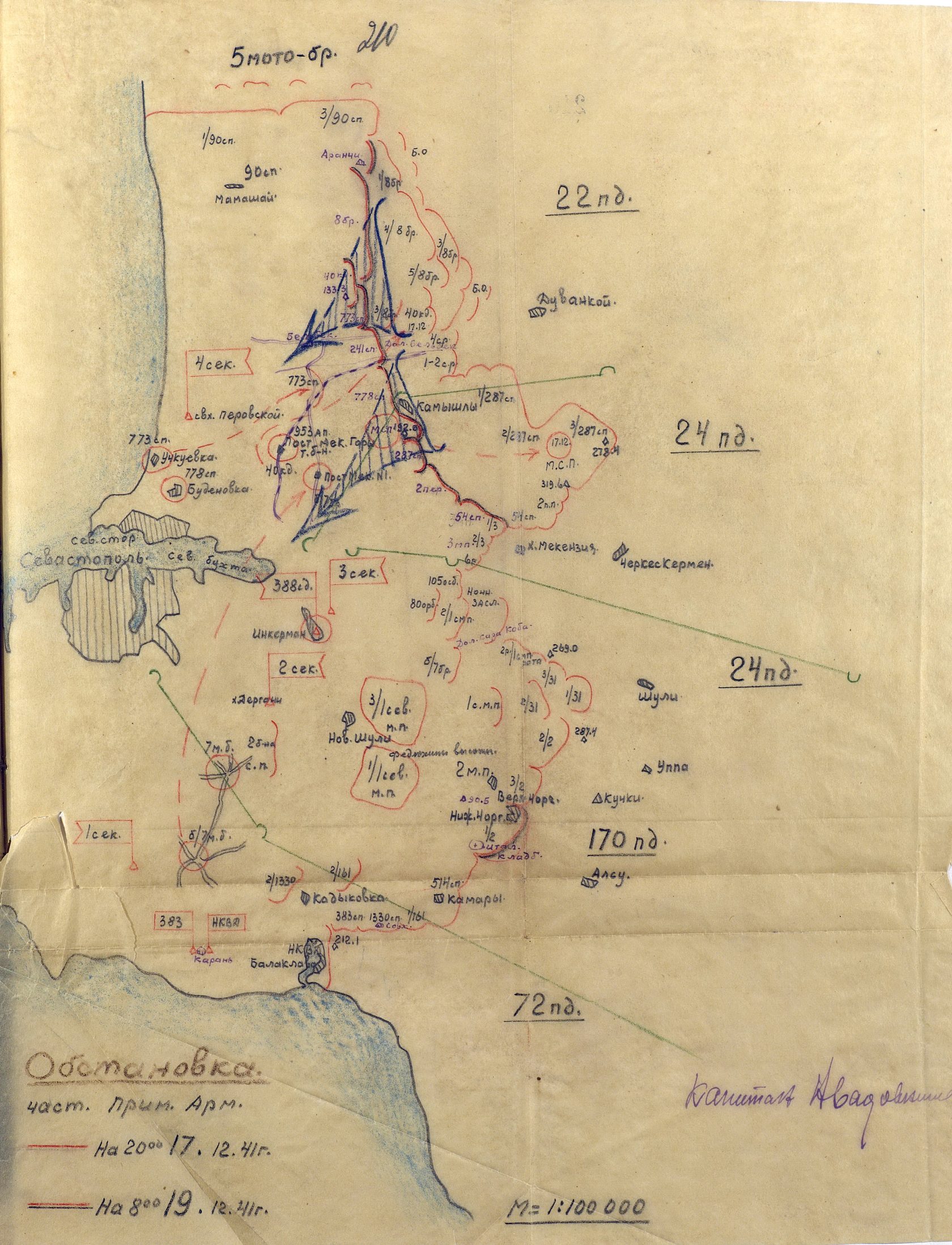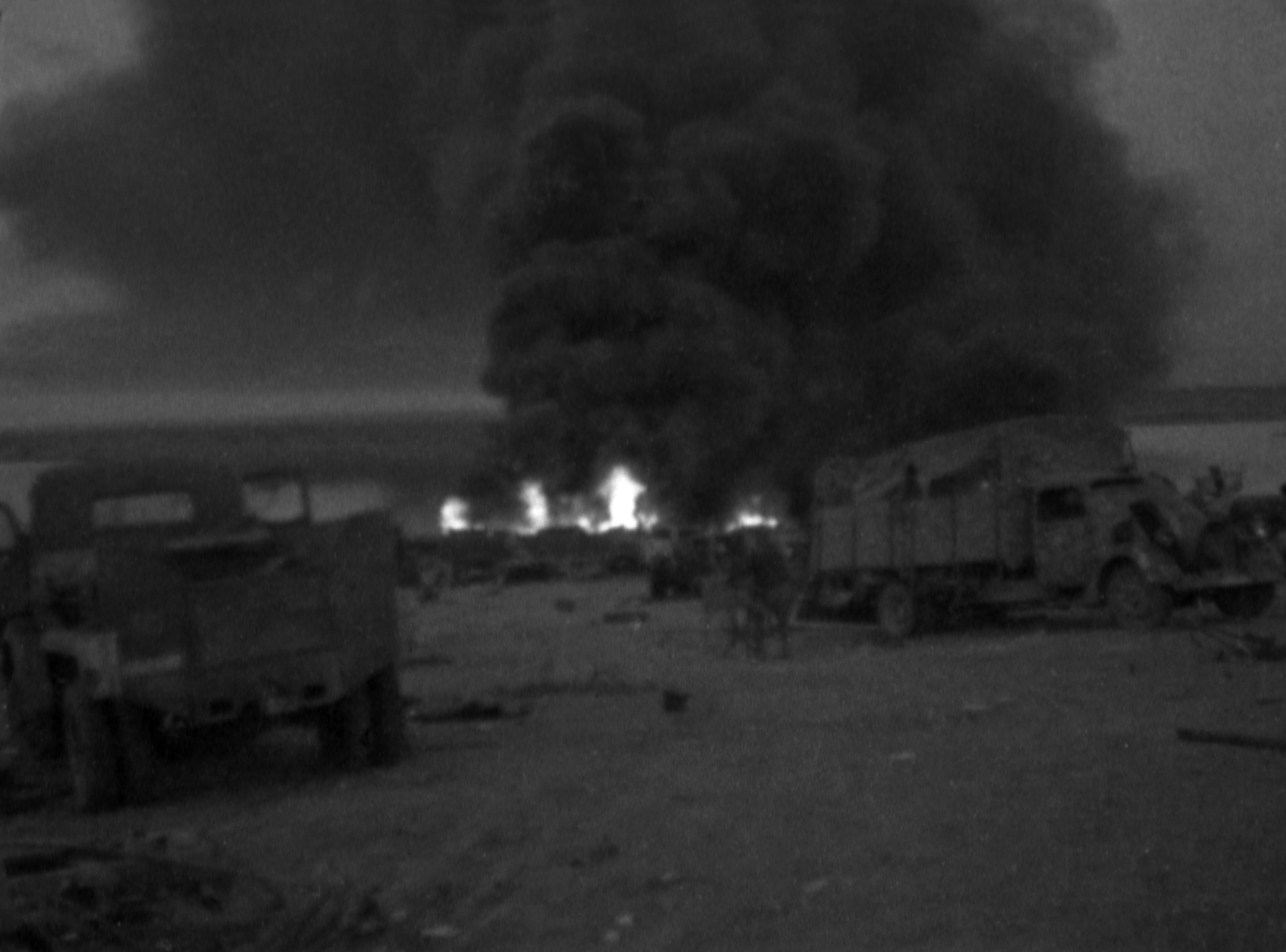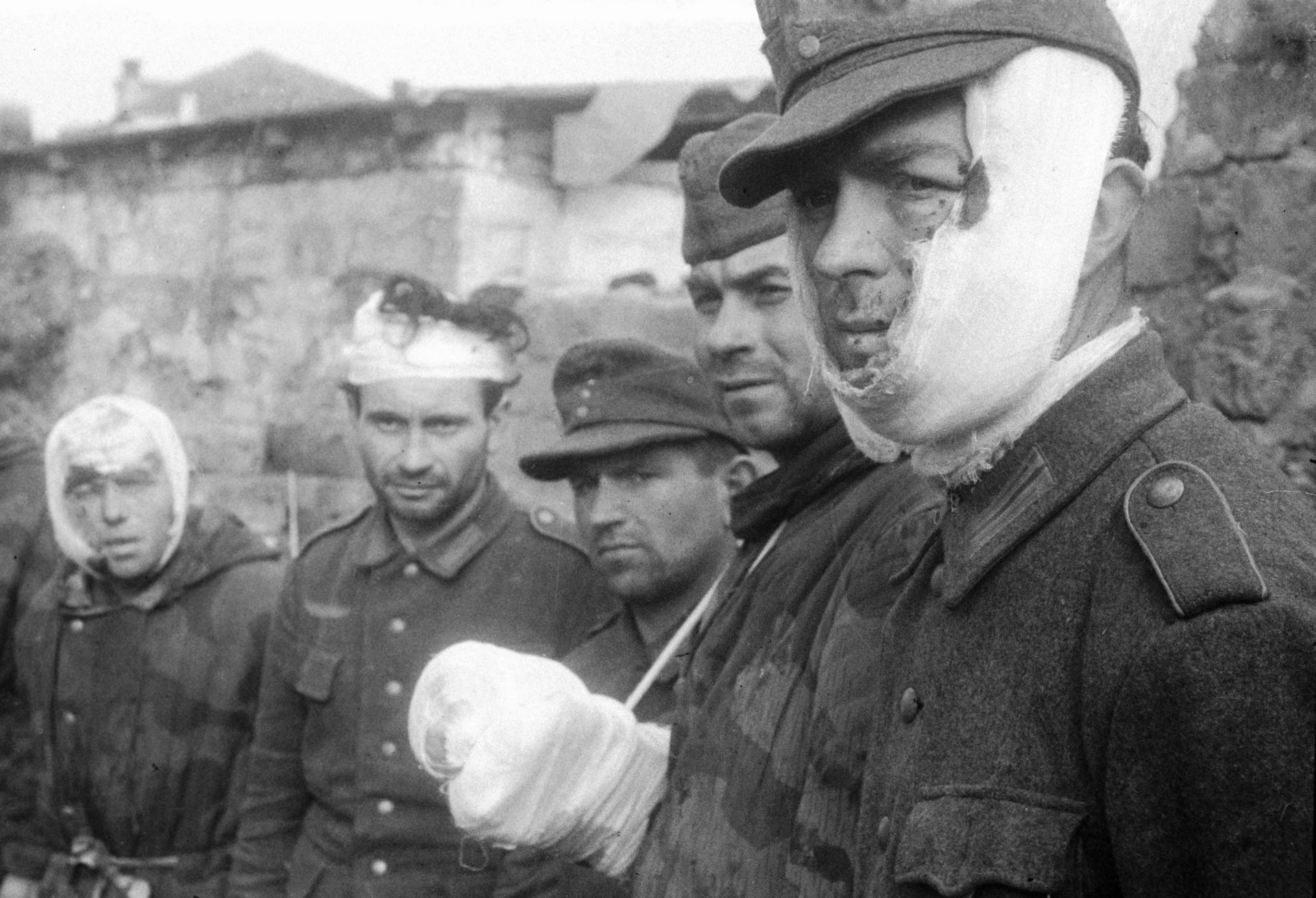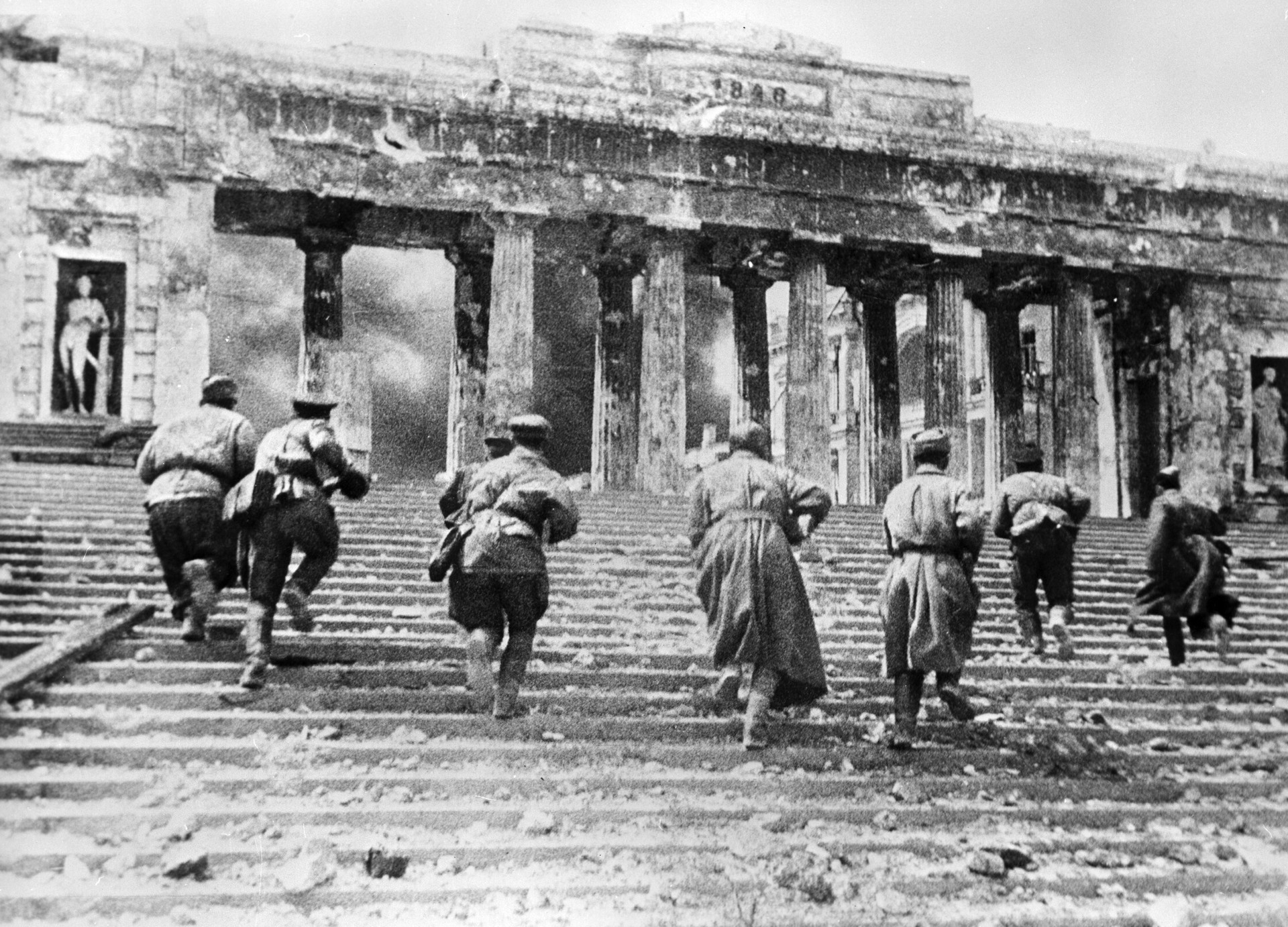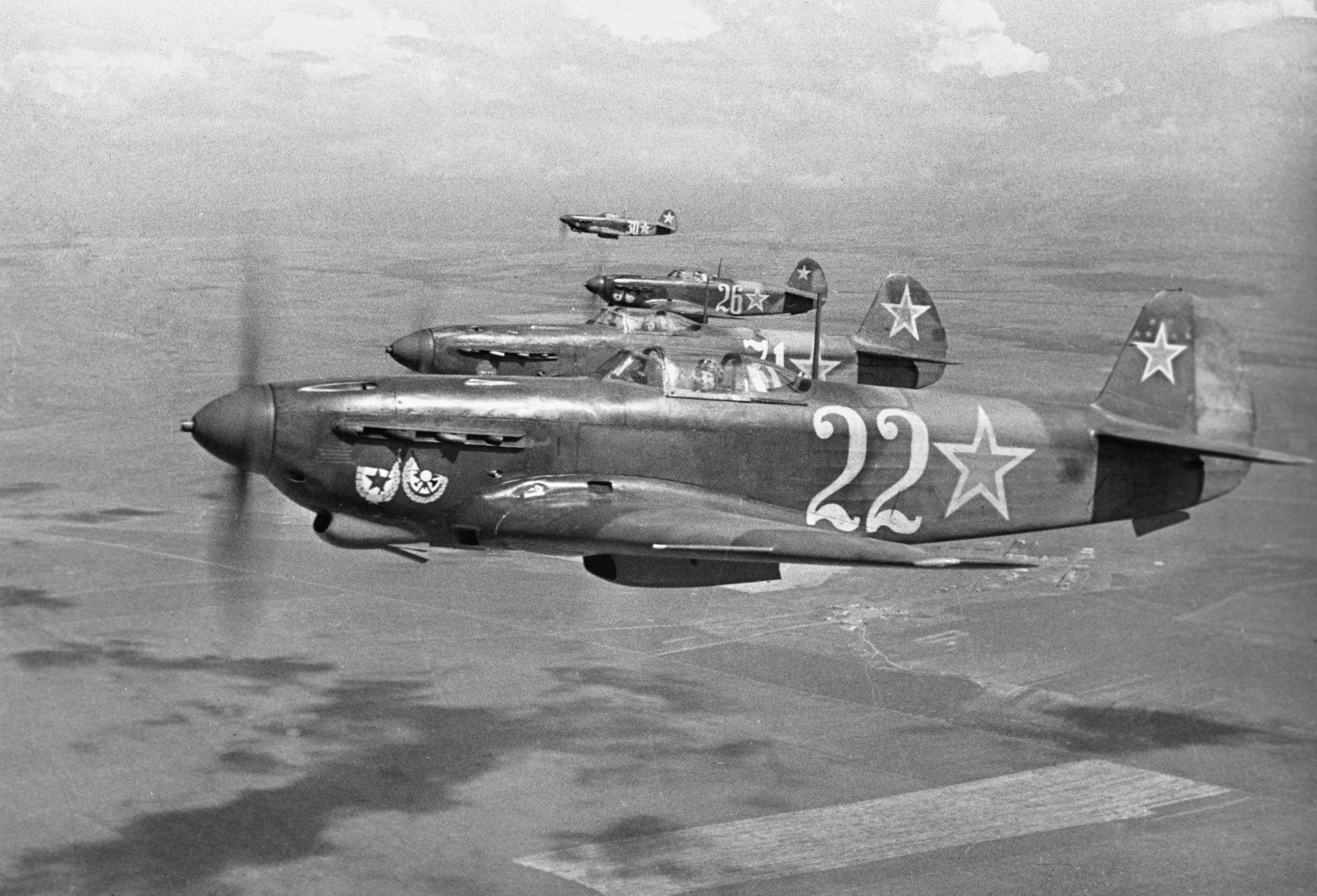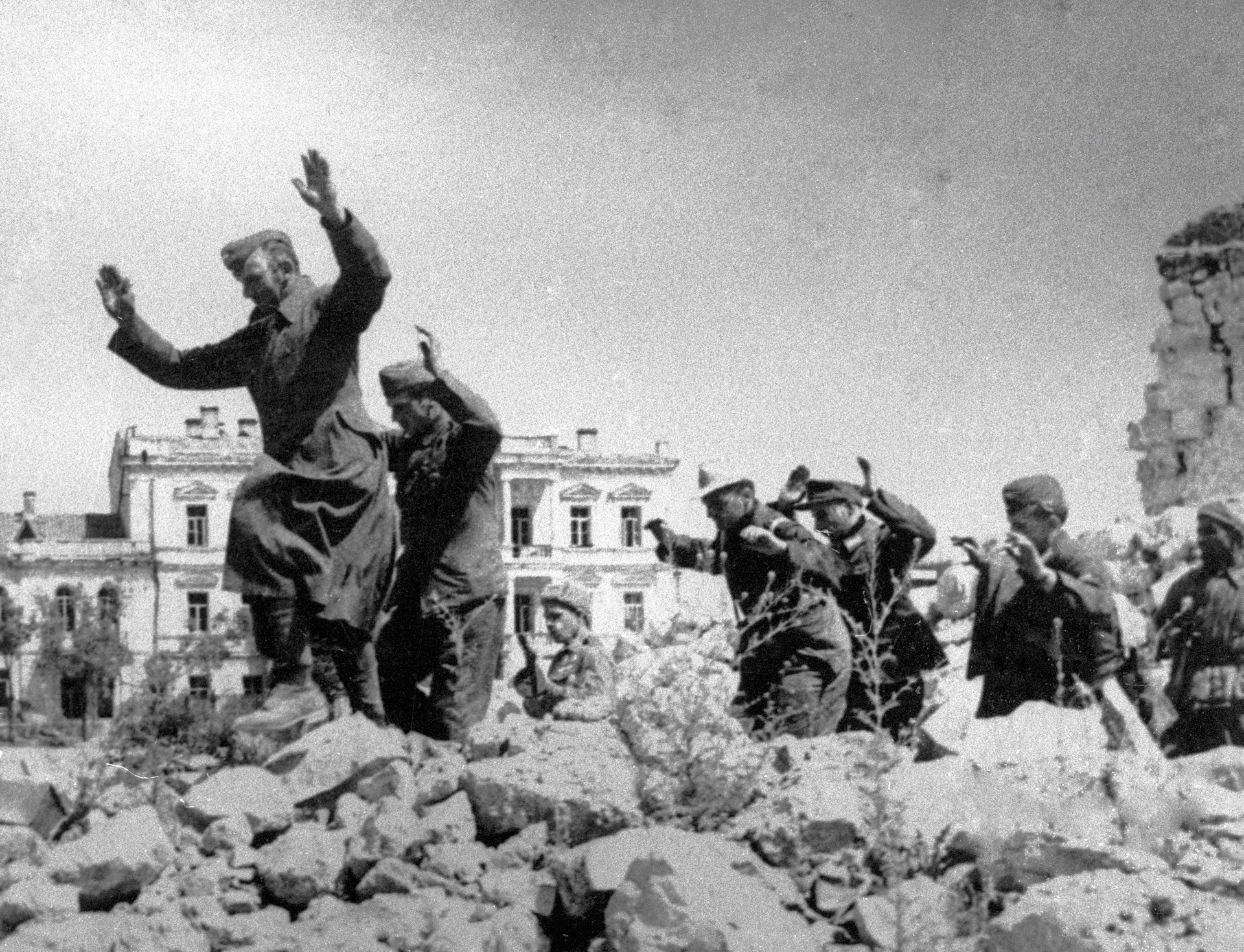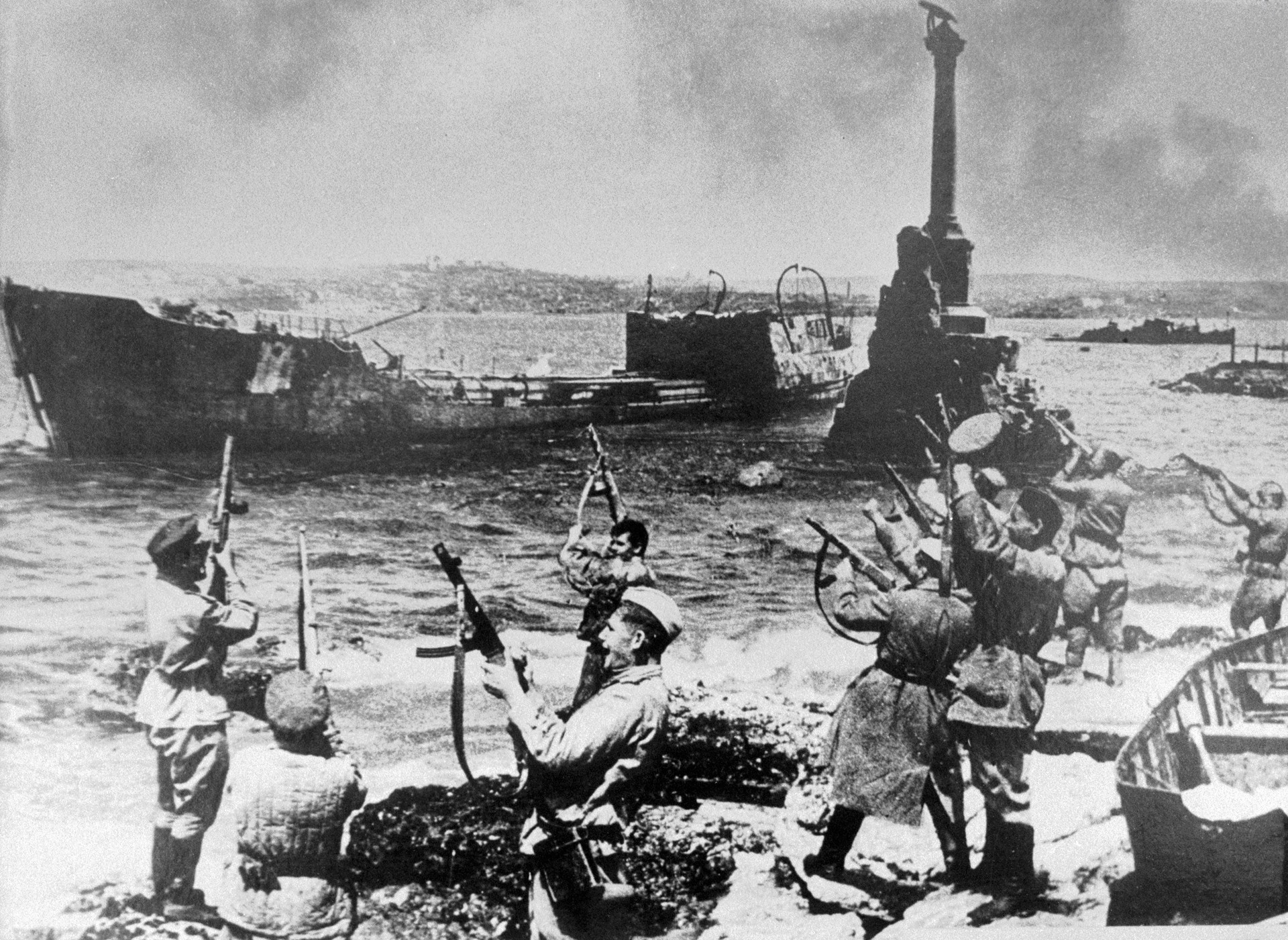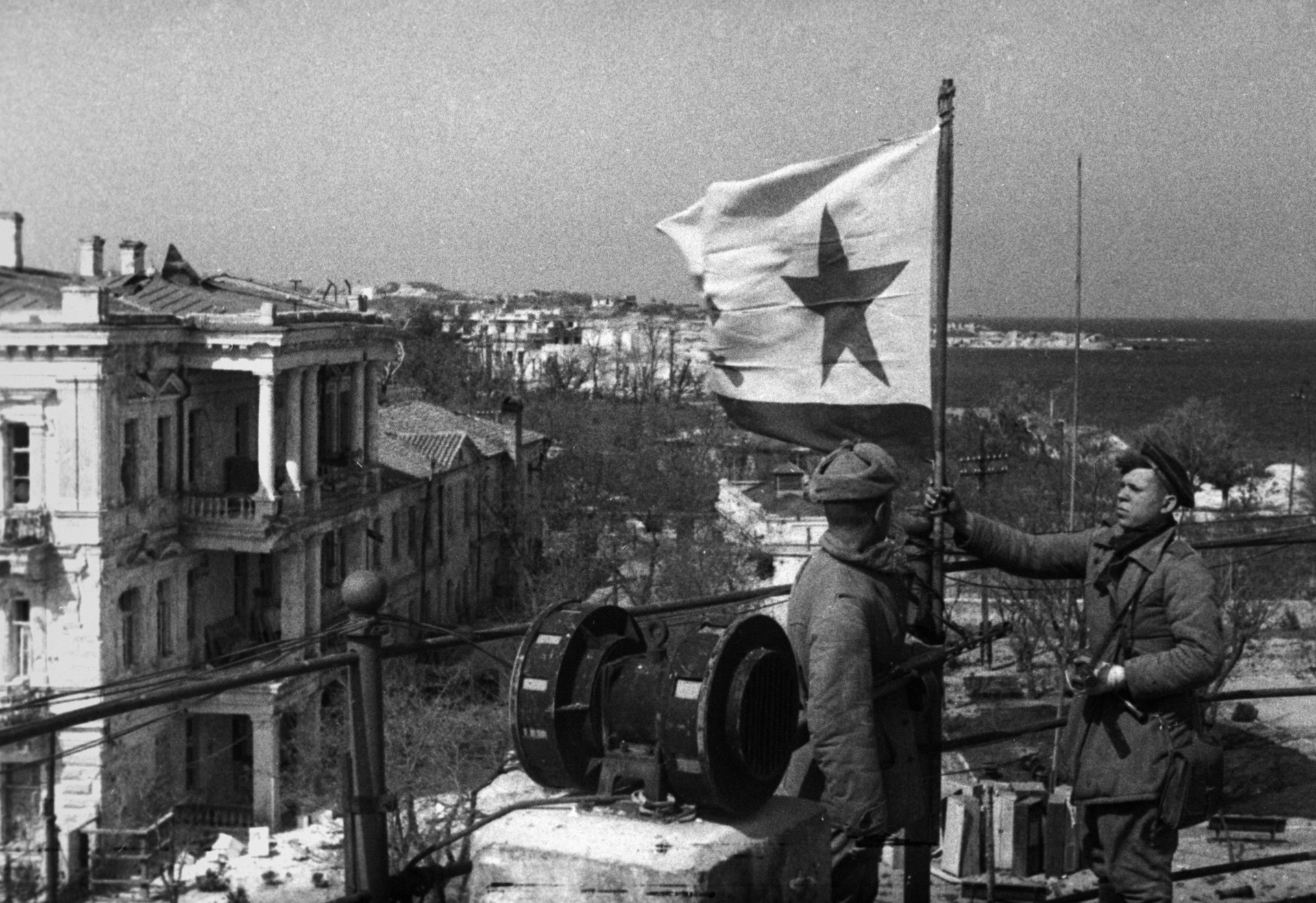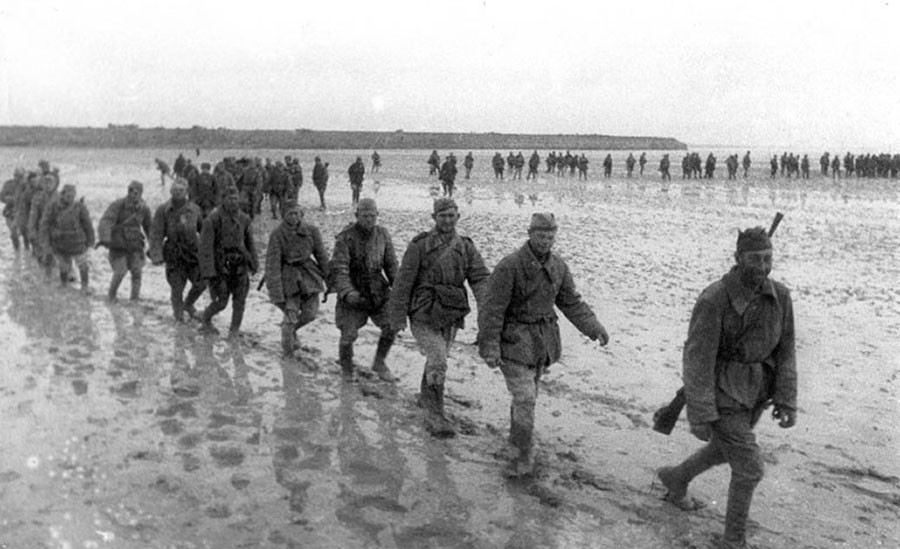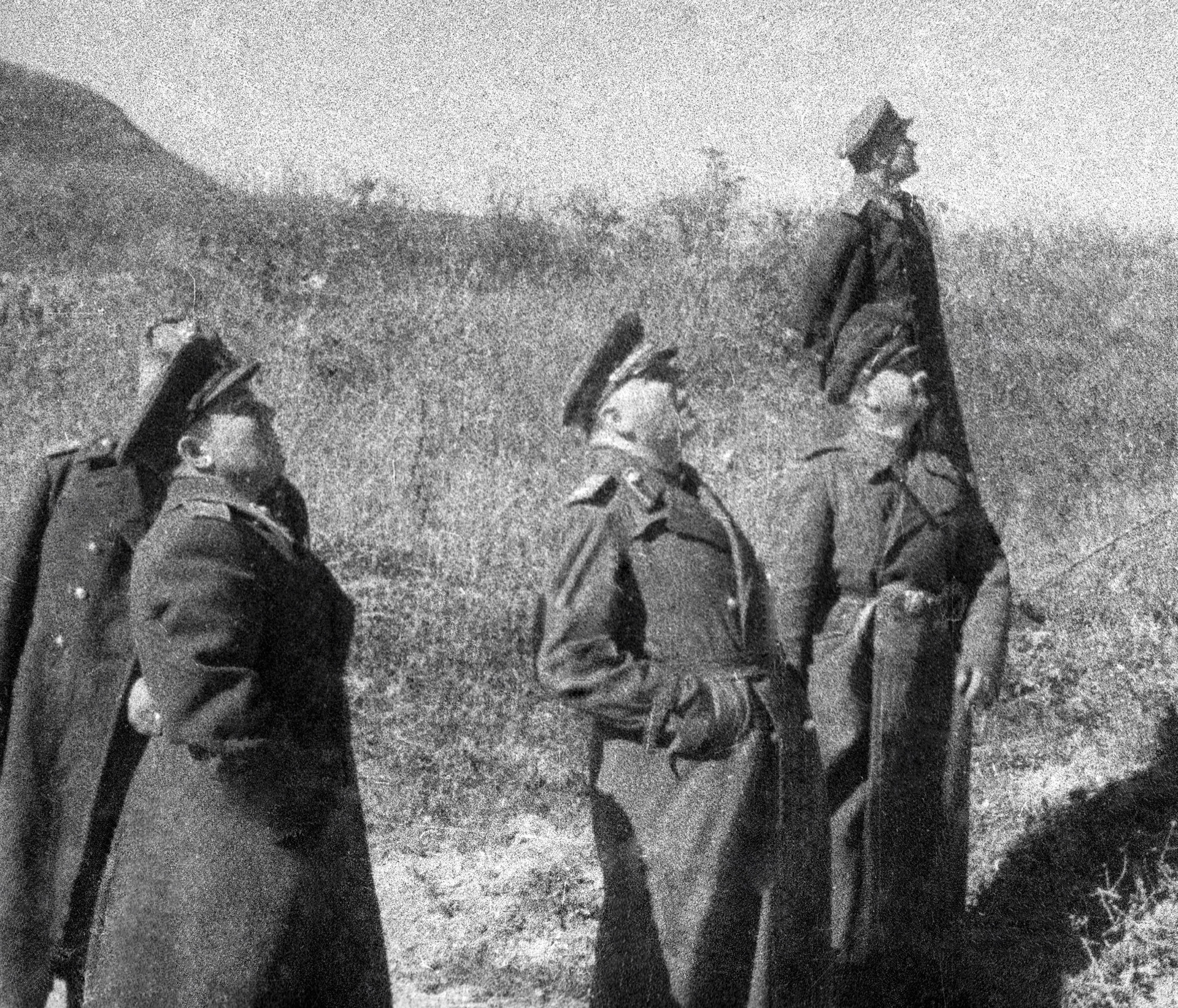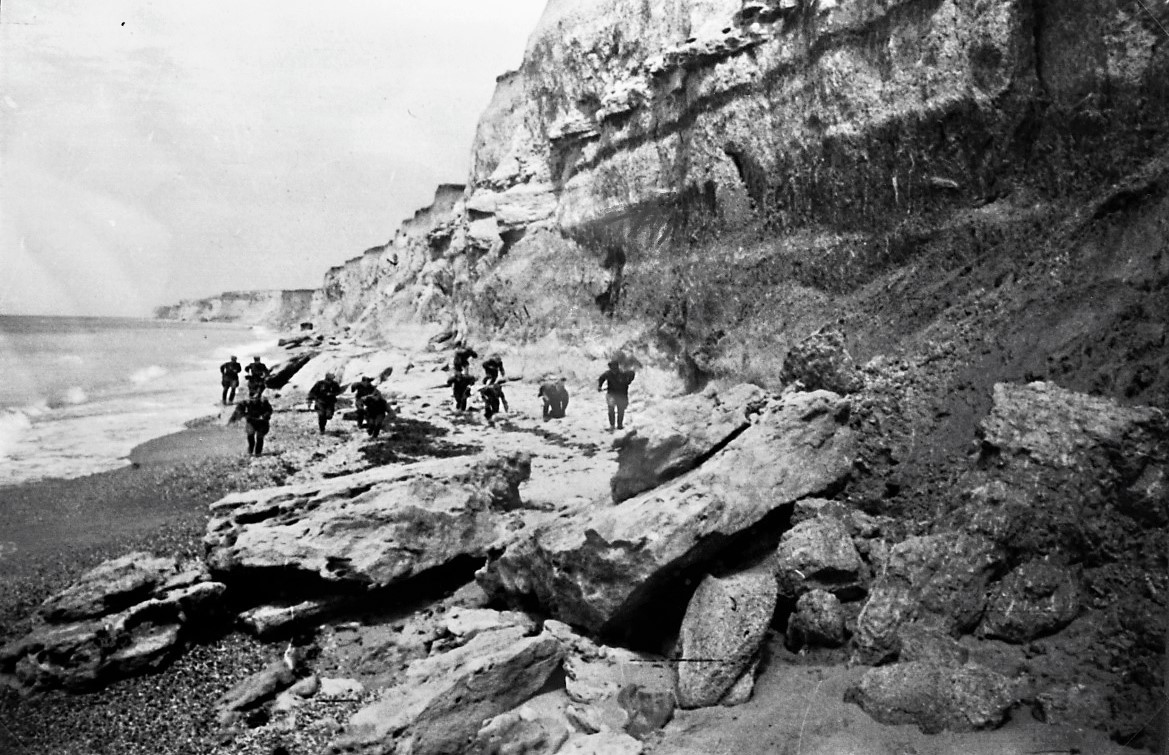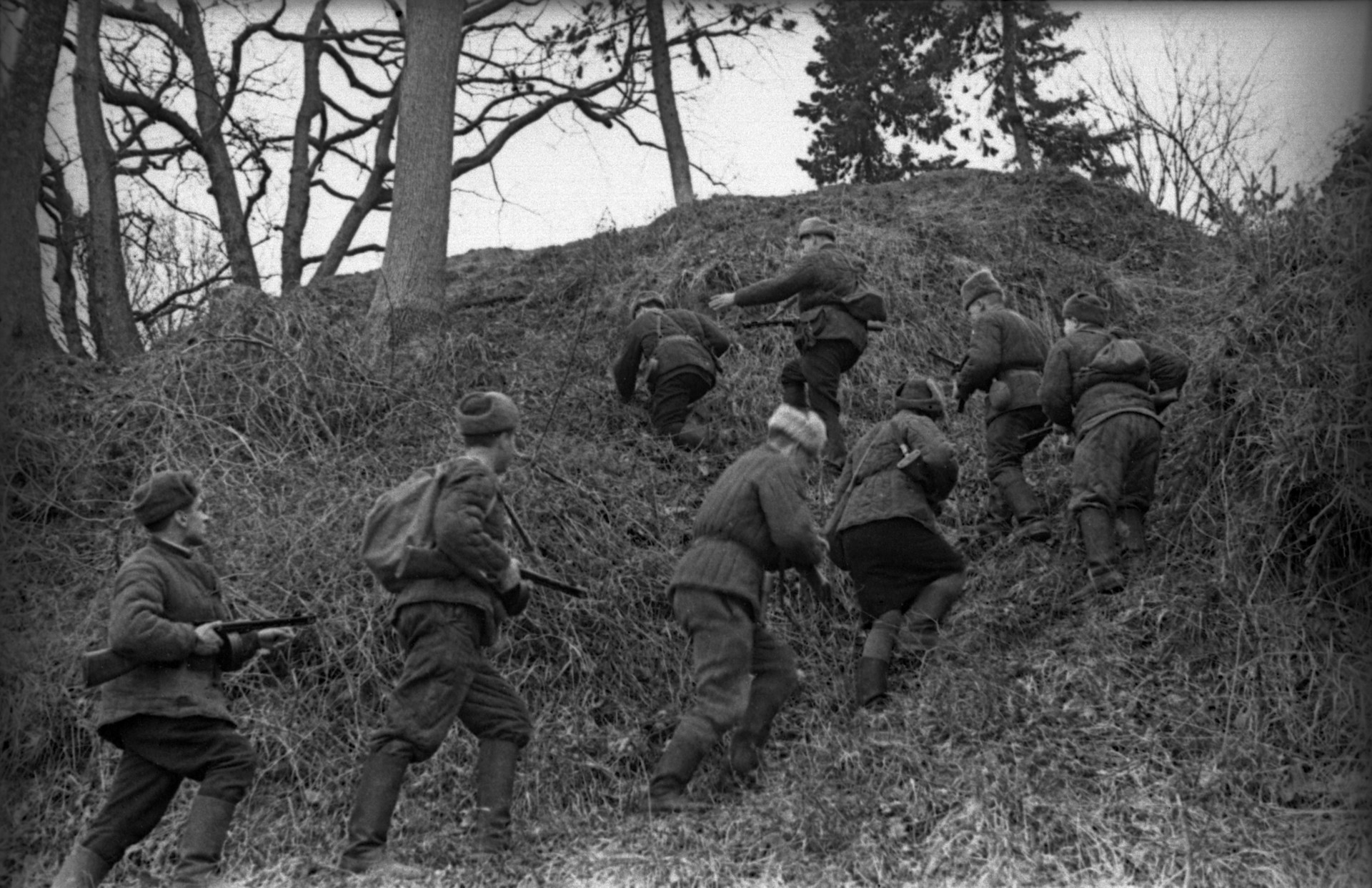The Russian Ministry of Defense declassified documents to mark the 75th anniversary of the Crimean Offensive that took place between April 8th and May 12th, 1944.
Dubbed the “Spring of Victory,” the documents present some of the operations and soldiers that took part in the series of attacks by the Red Army to liberate the Nazi-occupied Crimea in which Romanian and German forces suffered considerable losses. The documents cover the entire timeline from 1942 when the German army breached and Crimea was occupied, until it was liberated.
On August 30th, 1941, the commander of the 51st Separate Army, Colonel-General F.I. Kuznetsov, ordered the organization of the defense of the most important centers of the Crimea by army units.
According to the order, it was necessary to create fortified areas around Simferopol, Karasubazar (now Belogorsk), Evpatoria and Feodosia.
The work on the creation of anti-tank and anti-personnel barricades, which began on September 1st, 1941 also included the local populace.
From October 31st, 1941, the unit led defensive battles in front of Sevastopol and stopped the enemy at a 10 km-wide front. Continuously for two months, the brigade was exhausting the enemy, not allowing the enemy to break into Sevastopol.
The last battle for the marines of the 8th Separate Marine Brigade of the Black Sea Fleet took place on December 31st, 1941 and on January 1st, 1942.
The enemy took heavy losses, but so did the Russian brigade. On January 8th, 1942, the command of the Primorskaya Army decided to disband it.
The besieged Sevastopol needed help. In the summer of 1942, the command of the 2nd submarine brigade of the Black Sea Fleet was tasked to deliver cargo to the besieged city, and to rescue wounded and the civilian population.
In order to fulfill the assigned tasks, the crews of the submarines unloaded the torpedoes, leaving only 50% of the ammunition, removed the extra parts, and took provisions for only six days.
Due to the likely threat from enemy submarines during the day, they went underwater, and at night in the surface.
Three places were identified for unloading cargo and receiving the wounded: Kamyshevaya Bay, Cossack Bay and Streletskaya Bay. In Sevastopol, submarines delivered mines, canned goods, concentrates, gasoline.
Submarine campaigns were accompanied by constant bombardment of enemy aircraft, as well as the threat of the Nazi fleet.
In 1944, on April 9th, the troops of the 4th Ukrainian Front launched an offensive on the Crimean Peninsula. The city of Kerch was liberated on April 11th.
On April 12th, Soviet troops entered the city of Feodosia, on April 14th recaptured the city of Sudak and reached the south-eastern outskirts of Simferopol, on April 14th the city of Yalta was liberated.
On May 7th, the troops of the Primorskaya Army launched an offensive with the task of the final defeat of the enemy occupying Sevastopol.
On May 9th, 1944, the troops of the 4th Ukrainian Front commanded by General of the Army F.I. Tolbukhina stormed the city and the sea fortress of Sevastopol.
Presented are also some of the heroes of the Crimean Offensive:
- Alexey Georgievich Toropkin – during the defense of Crimea he was the senior adjutant of the 2nd Infantry Battalion of the 276th Infantry Regiment of the 77th Infantry Division, which fought in the area of Sapun – the mountains on the outskirts of Sevastopol. On May 7th, 1944, the battalion of Captain Toropkin was the first to burst into the trenches of the enemy. And he himself killed 14 Nazis in close-range combat. Toropkin was awarded with the title “Hero of the Soviet Union.”
- Vasilyi Aleksandrovich Yershov – Private Ershov was posthumously awarded the title of Hero of the Soviet Union. On April 13th, he was carrying out reconnaissance as part of a tank crew, when approaching the village of Ashagah-Jali, the tank was suddenly fired upon and disarmed. They got surrounded by paratroopers and for two hours fought two Romanian battalions. Private Yershov was captured and tortured for information. He was beaten, his legs and arms were broken, his ribs were shattered, his jaw was crushed. Naked, mutilated, bleeding our soldiers were led to be executed. After the Romanians departed, the local population rushed to the torn bodies and found that one had signs of life – Private Yershov had survived, but only for a little while. They failed to save him.
- Ivan Terentyevich Tymoshenko – Along with Private Yershov was his comrade sapper of the 3rd Guards Motorcycle Engineer Battalion, Private Tymoshenko. When the Romanian officer told the soldiers to surrender, Private Tymoshenko replied: “The Red Army gives up to no one.” He died bleeding profusely, but nothing could make him betray his comrades.
- Yevgenyi Petrovich Polyakov – A submarine commander of the Black Sea Fleet, Captain 3rd rank Polyakov Yevgeny Petrovich participated in the liberation of the Crimea and Sevastopol. He took part in 23 campaigns, sunk 7 enemy ships. The crew of the submarine he commanded was awarded the Order of the Red Banner.
- Aleksandr Grigorievich Svidersky – On April 17th, 1944, during the fighting in the city of Dzhankoy, the commander of the 867th self-propelled artillery regiment, Major Svidersky, received a fatal wound. His regiment broke into the city and captured it, destroying one tank, 15 vehicles, one armored train, 4 anti-aircraft installations and up to 400 enemy soldiers and officers. Having captured Zuya’s transport hub, the soldiers under the command of Major Svidersky cut off the Nazi group that was leaving Kerch. Major Svidersky received a fatal wound in the last push for Sevastopol, but did not leave the battlefield, continuing to command the regiment.
- Konstantin Yakovlevich Talah – During the storming of the city of Armyansk, junior sergeant Talakh Konstantin Yakovlevich, the commander of the rifle squad of the 690th rifle regiment of the 126th rifle division, was the first at the head of his unit to rush to the enemy fortifications. Despite the enemy fire, he moved to the enemy’s bunker and with grenades destroyed their heavy machine gun, killing three Nazis in the process. During the fights in the city he killed five more Nazi soldiers. Having expertly organized the defense, the detachment under the command of the junior sergeant repulsed four enemy counterattacks and, launching an offensive and driving them out of the city.
- Vladimir Gavrilovich Vasilevsky – The navigator of the 1st air squadron of the 30th reconnaissance air regiment of the Air Force of the Black Sea Fleet, Captain Vasilevsky participated in the defense of Sevastopol. With his participation, 22 tanks and armored vehicles, 5 anti-aircraft batteries were destroyed. In an air battle, his crew personally shot down 3 aircraft. As a scout, despite the difficult weather conditions and countering the enemy’s anti-aircraft artillery, he successfully conducted deep rear reconnaissance. Vasilevsky’s crew took part in the landing of troops in Kerch, Feodosia, Novorossiysk.
In the daily newspaper of the 51st Army “Son of the Fatherland” dated May 15th, 1944, an article was posted about a rally held in Simferopol. The event was attended by General F. I. Tolbukhin of the 4th Ukrainian Front.
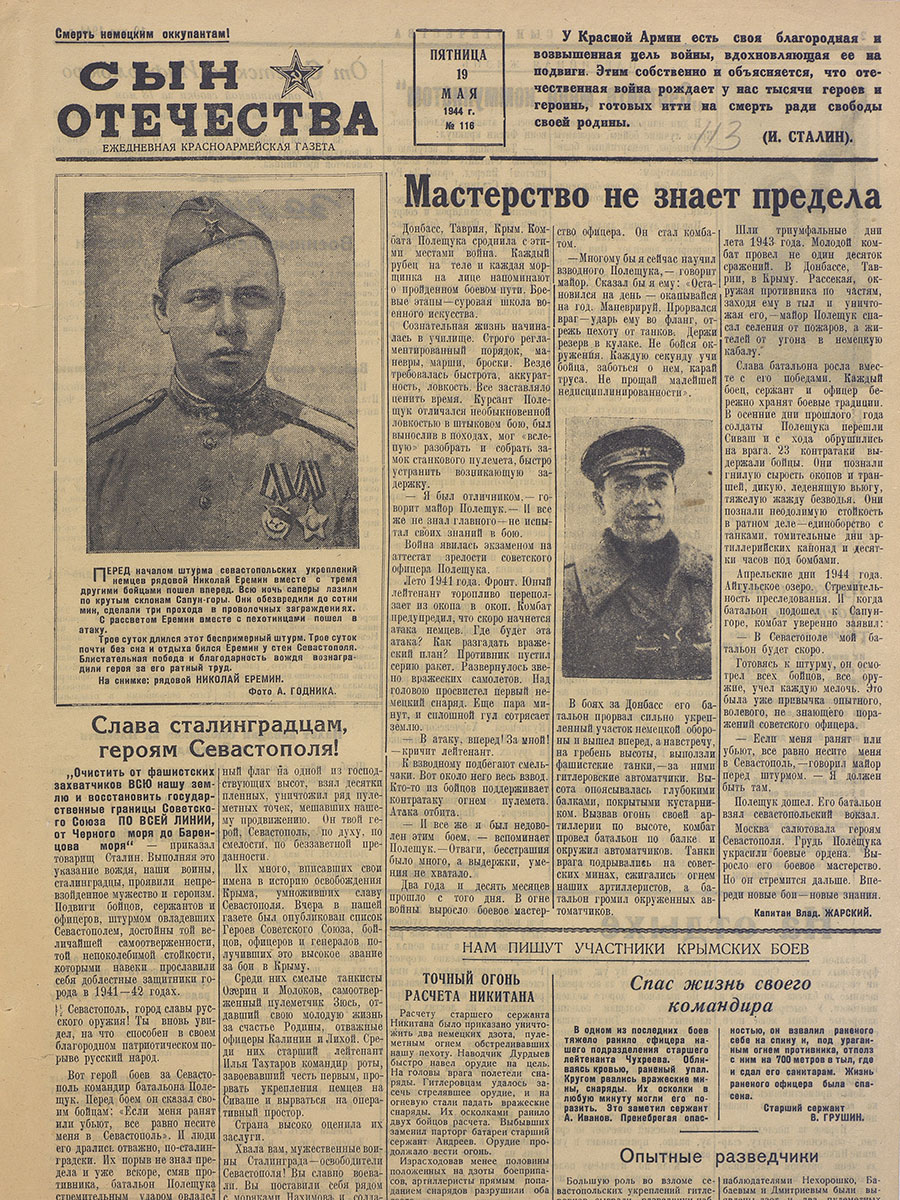
Newspaper article in Son of the Motherland praising the mastery and the honor of the heroes of Sevastopol. Click to see full-size image
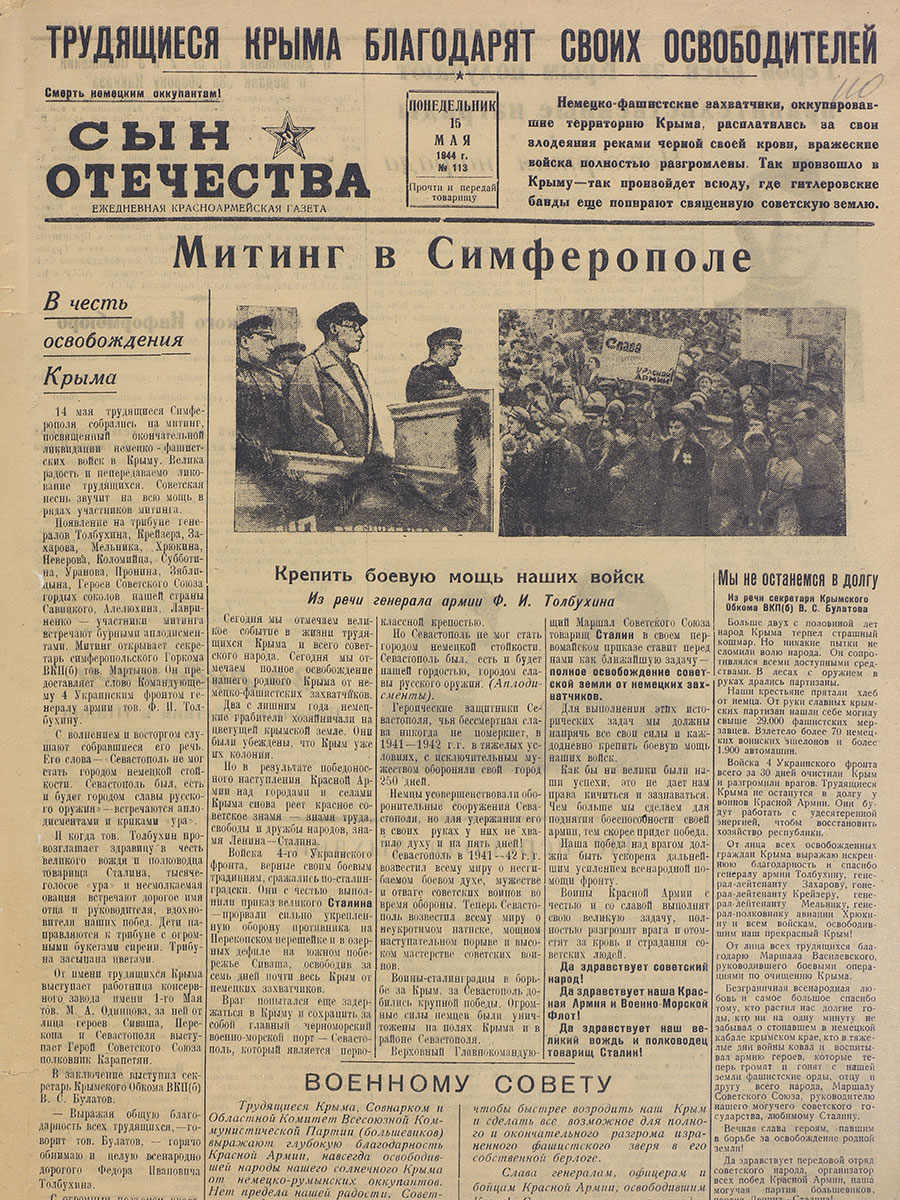
Newspaper article from Son of the Fatherland, showing the rally in Simferopol with General Tolbukhin in attendance. Click to see full-size image
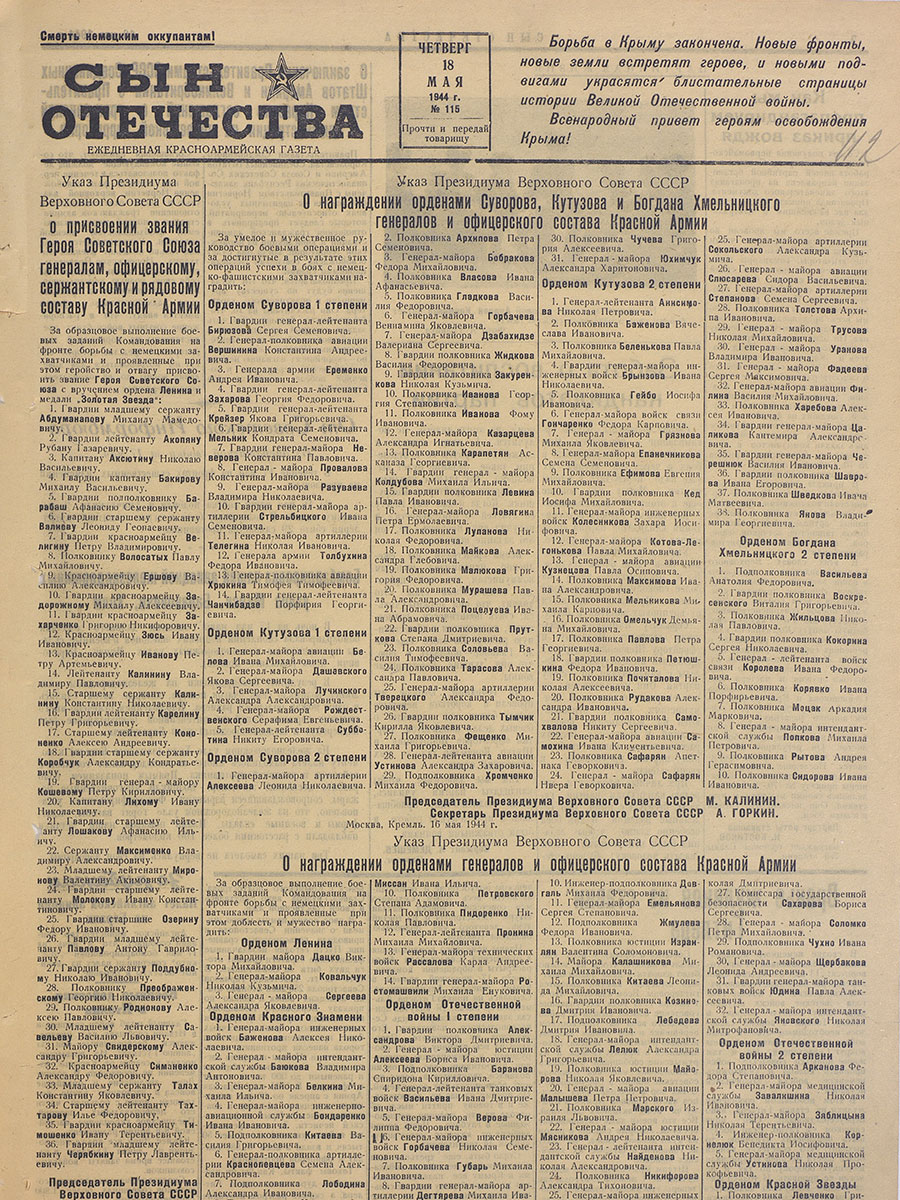
Article in Son of the Fatherland, listing those who were awarded medals and titles, including Hero of the Soviet Union, Kotuzov medal, etc. Click to see full-size image
Following is a schematic of the placement of the enemy fortifications in the area of the city of Sevastopol according to aerial photography data over the period of April 13th and 20th, 1944 as well as captured materials.
On the Nazi side, the order to the commander of the 17th Army of May 3, 1944, which was captured by Soviet intelligence in the region of Sevastopol, Infantry General Almenddinger ordered:
“We are given the opportunity to bleed the numerically superior forces of the Reds on the Sevastopol front. I demand that all soldiers defend to the last. The bridgehead for the entire depth is highly equipped in engineering terms and the enemy, wherever he appears, will get entangled in the network of our fortifications. None of us should even think of withdrawing from these positions …”
Despite these high and mighty plans, there was also a contingency operation by the Nazis – Operation Tiger. To evacuate from Crimea and to cause as much destruction as possible while withdrawing.
It detailed with German accuracy and practicality sets out the objects scheduled for destruction. Among them: the most important Crimean roads, harbors, all economic structures, airfields, dams, railways, communications facilities, bridges, industrial enterprises.
Luckily, it did not come to that.
Following are photographs showing the reality of events during the Crimean Offensive:
MORE ON THE TOPIC:




